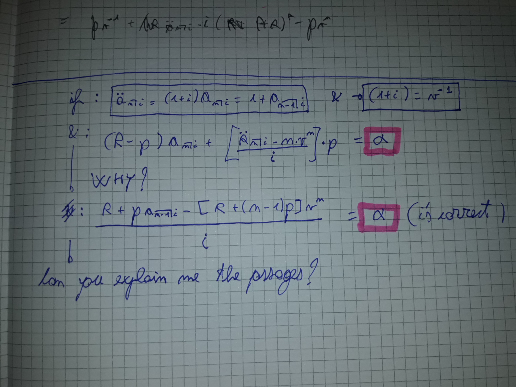
AllQuestion and Answers: Page 1739
Question Number 34664 Answers: 0 Comments: 0
Question Number 34663 Answers: 0 Comments: 0
Question Number 34662 Answers: 0 Comments: 0
Question Number 34661 Answers: 0 Comments: 0
Question Number 34653 Answers: 0 Comments: 0

Question Number 34647 Answers: 2 Comments: 0
Question Number 34646 Answers: 1 Comments: 0
Question Number 34645 Answers: 0 Comments: 0
Question Number 34639 Answers: 2 Comments: 0

Question Number 34635 Answers: 2 Comments: 4
Question Number 34634 Answers: 1 Comments: 1
Question Number 34633 Answers: 0 Comments: 0
Question Number 34632 Answers: 0 Comments: 0
Question Number 34617 Answers: 2 Comments: 2

Question Number 34615 Answers: 0 Comments: 0
Question Number 34608 Answers: 0 Comments: 0

Question Number 34607 Answers: 0 Comments: 0
Question Number 34606 Answers: 0 Comments: 0
Question Number 34605 Answers: 0 Comments: 0
Question Number 34604 Answers: 0 Comments: 0
Question Number 34603 Answers: 0 Comments: 0
Question Number 34602 Answers: 0 Comments: 0
Question Number 34596 Answers: 0 Comments: 0
Question Number 34595 Answers: 0 Comments: 0
Question Number 34594 Answers: 0 Comments: 0
Question Number 34593 Answers: 0 Comments: 0
Pg 1734 Pg 1735 Pg 1736 Pg 1737 Pg 1738 Pg 1739 Pg 1740 Pg 1741 Pg 1742 Pg 1743
